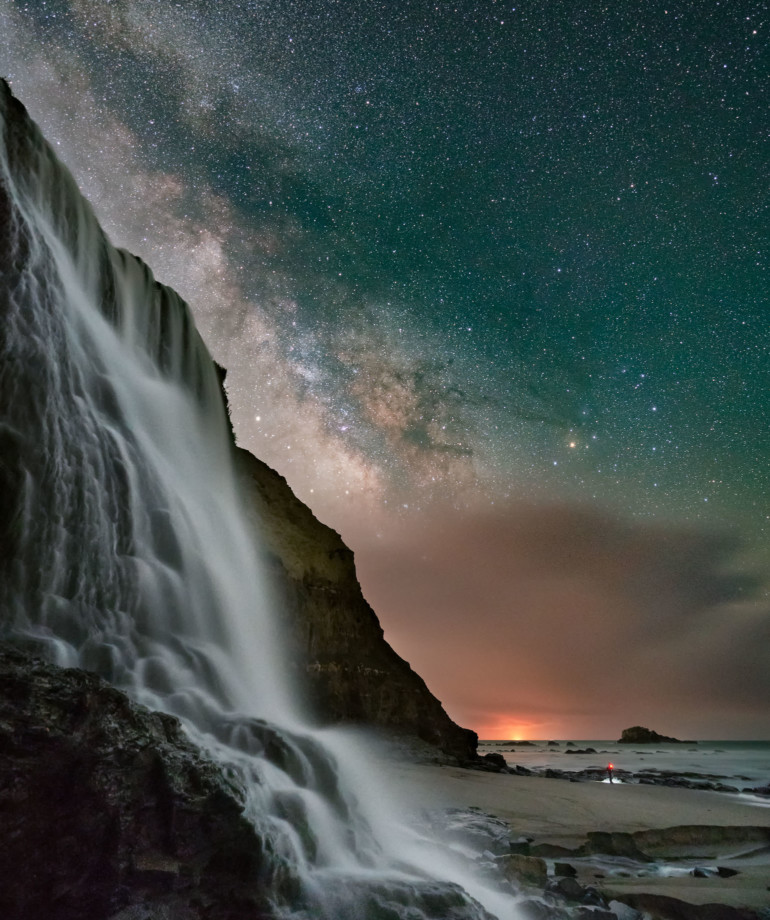As we settle into early fall in Marin, the coastal fog diminishes, bringing warm days and clear nights, offering plentiful opportunities to observe the night sky. This simple activity has fascinated humankind for as long as we’ve existed on Earth. “Humans have been studying the planets and outer space for thousands of years,” says Gerald McKeegan, adjunct astronomer at Oakland’s Chabot Space & Science Center. “The ancient Egyptians, Greeks and almost every ancient culture engaged in some sort of primitive astronomy and had stories about the night sky.”
McKeegan has been teaching astronomy classes, conducting planetarium shows, and coordinating public weekend telescope viewing sessions every Friday and Saturday night at Chabot, weather permitting, for over 22 years. One of the things that’s changed since ancient people viewed the cosmos, he says, is that light pollution in urban areas prevents us from seeing nearly as many stars as people once did. “Even under the best of circumstances, we only see a few dozen stars in our night sky,” McKeegan says. “But 200 or even 150 years ago, if you looked at the sky you would have seen thousands of stars, and you could clearly see the Milky Way.”
In Marin County, the desire to preserve this celestial view recently prompted the Point Reyes National Seashore, the town of Point Reyes Station and the surrounding communities to join forces and apply to become an official International Dark Sky Reserve, a title bestowed on only a handful of regions in the world. Regions with this designation agree to limit light pollution through responsible lighting policy and practice.
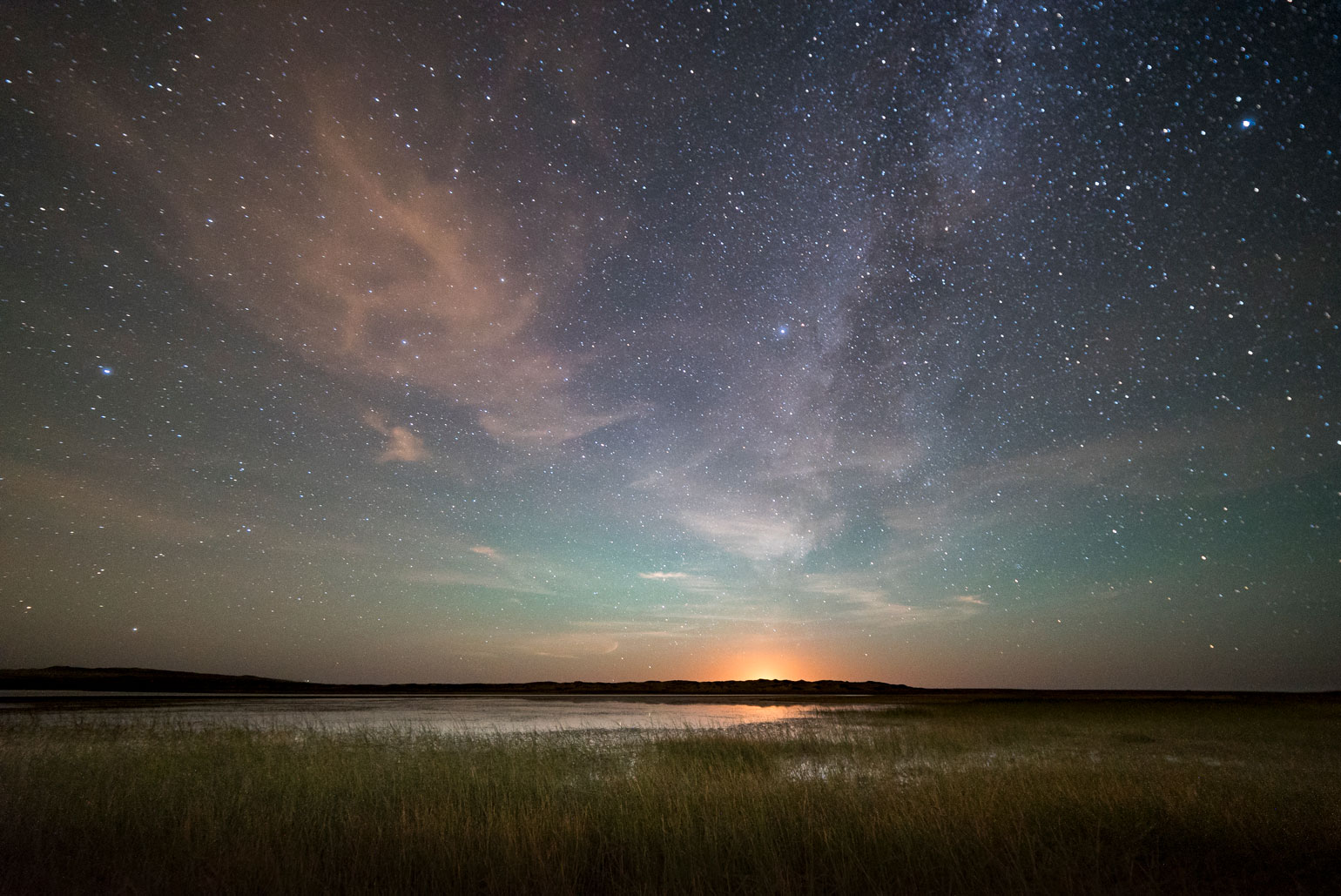
The rigorous application process, which began earlier this year, takes about three years to complete and involves working with property and business owners to reduce light pollution, as well as collaborating with the county to update lighting regulations. Point Reyes Station Village Association Vice President Peggy Day, who is closely involved in the application process, hopes that with the International Dark Sky Reserve designation, West Marin will be able to preserve its night sky for current and future generations. “I’ve lived here in Point Reyes for 50 years, and we were beginning to lose the nightscape in town,” she says. “My grandchildren couldn’t walk outside of my apartment and see the Big Dipper on a clear night because of all the lighting in town.”
To generate awareness about their efforts, the initiative’s stakeholders created the Dark Sky Point Reyes, where people can learn more about the cause and register to attend monthly donation-supported stargazing events led astronomy teacher Don Jolley, who regales participants with tales of galaxies far, far away while they gaze upon the starlit sky.
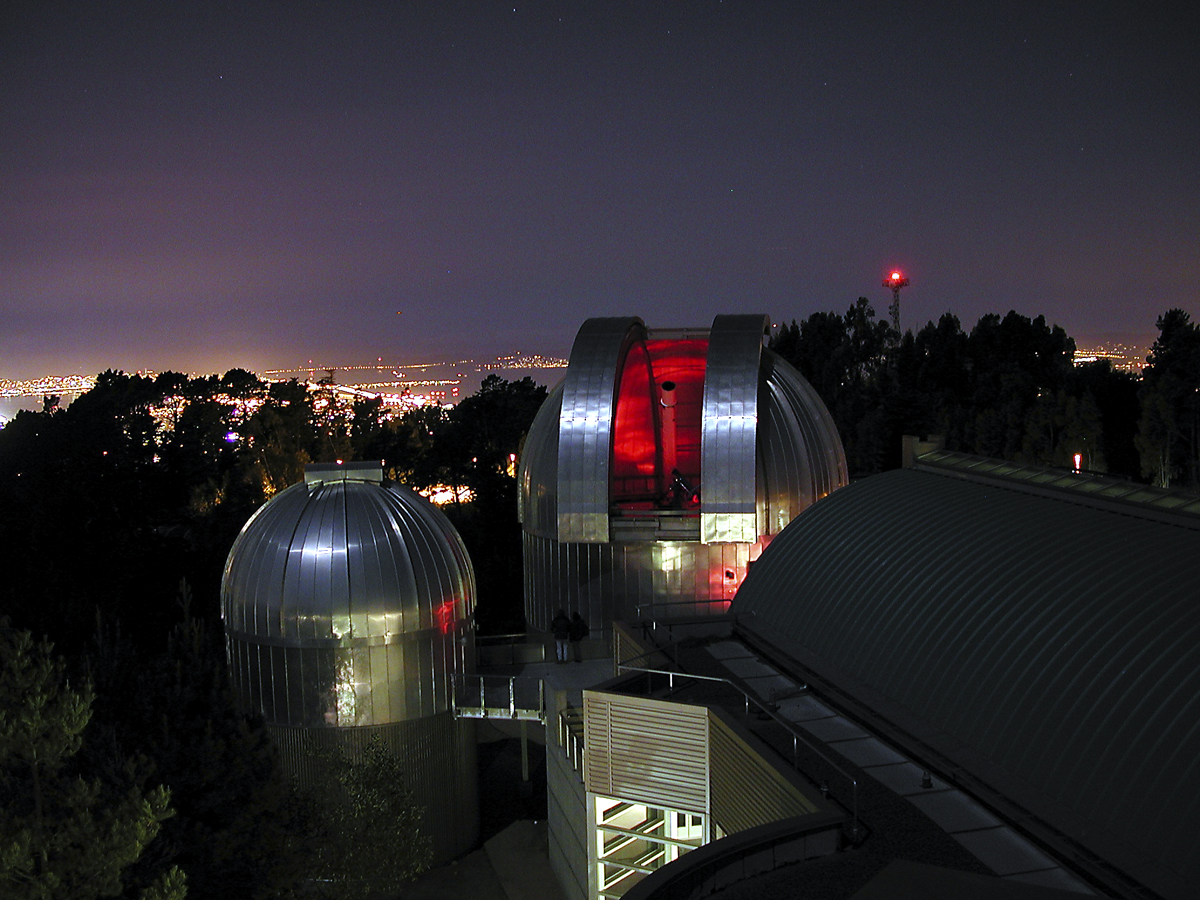
Guided experiences like the one with Jolley, or those offered by local observatories like Chabot, can help night sky viewers more easily identify constellations and planets, but even stargazing solo can be a deeply gratifying experience. The wonderous thing about the night sky — and perhaps the reason why we’re just as enthralled with it today as our ancestors were — is that our view is constantly evolving. “Because the earth orbits around the sun, we see different constellations of stars at night at different times of the year, so we’re going to be seeing the fall constellations coming up,” McKeegan says.
This month, Saturn and Jupiter come into view, and toward the end of September and into October, Mars will be visible in the Eastern sky. “You don’t need a big telescope; you can see the rings around Saturn and the moons of Jupiter with a good pair of binoculars,” says McKeegan, who advises opting for a pair with 8x or 10x magnification. “And by mid-October, all three planets — Saturn, Jupiter and Mars — will be in the night sky, and that will continue well into November.” Also visible in September is the Milky Way, though it can be difficult to view in urban areas, cautions McKeegan. “If you can get somewhere far away from city lights, you’ll be able to see the Milky Way arching from the South almost straight overhead at about 10:00 p.m. across the sky,” he says.
Meanwhile, contrary to popular belief, moon viewing is best around the first quarter or crescent moon rather than the full moon to see the most detail, advises McKeegan. “When you look with a pair of binoculars or a very small telescope at the crescent moon you see more detail because there are shadows,” he says. “When there’s a full moon there are no shadows, so everything looks flat.”
If you’re ready to explore the cosmos, whether on your own, through a guided experience or from a plush seat inside one of our local planetariums, here are some resources to help you make the most of your experience.
Out-of-This-World Stargazing Spots
Marin County offers some stellar viewpoints to take in the beauty of the night sky.
Hawk Hill
Although light pollution and fog can make viewing conditions at Hawk Hill a bit challenging compared to other stargazing spots around Marin County, the Marin Headlands locale offers a stunning backdrop of the Golden Gate Bridge and San Francisco for the night sky nearly 1,000 feet above sea level. On fog-free days from Sept. through Nov., it’s also known for raptor migration viewing.
Muir Beach Overlook
Perched high above Muir Beach, this cliffside aerie is accessed via a short trail and staircase, providing sweeping, unobstructed views of the sky to the west and north. A red-light headlamp can help you find your way along the trail at night. Or, stargaze from the beach beside a toasty fire in one of the designated fire rings, available until one hour after sunset.
Mt. Tamalpais
High above the fog and light pollution of many other Bay Area viewpoints, Mt. Tam offers exceptional conditions to observe the night sky in all its glory. From April through October, the Mt Tam Astronomy Program (MTAP) and the San Francisco Amateur Astronomers (SFAA) typically offer free star party viewing events on Mt. Tam. While Covid-19 has altered the format of the events for the time being, MTAP and the SFAA have provided up-to-date program information on their websites.
Point Reyes National Seashore
The lack of development on the Point Reyes National Seashore makes it ideal for stargazing. Any of the area’s beaches are good bets, but it’s hard not to be especially wowed gazing up at the night sky from among the dunes at uncrowded Limantour Beach. Adding to the attraction, wood fires are allowed on the beach by permit. As part of the education program for the region’s Dark Sky Point Reyes initiative, you can also join local astronomer Don Jolley for monthly benefit stargazing events in the Giacomini Wetlands (donation $10–$20).
Guiding Light
Observatories, planetariums and science centers around the bay offer telescope viewings, lectures, night sky shows, exhibits and more for those who want to learn more about the mysteries of the universe.
Chabot Space & Science Center, Oakland
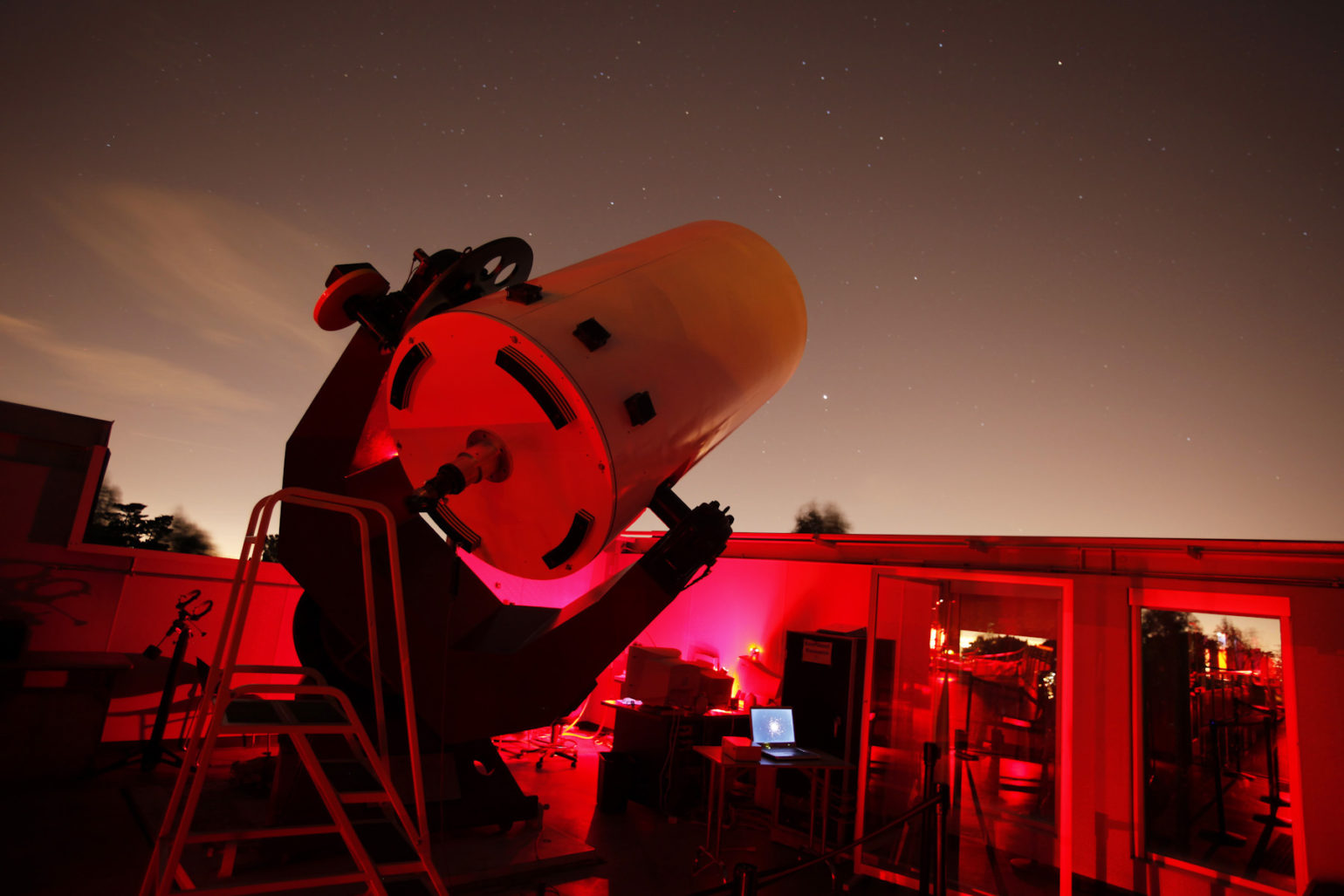
Every Friday and Saturday night from 7:30–10:30 p.m., weather permitting, the Chabot Space & Science Center offers free viewing from its three large, historic telescopes located on the observatory deck, 1,500 feet above the bay. Regular viewings in the 241-seat, full-dome planetarium and numerous interactive and hands-on exhibits make a visit this nonprofit institution a must for those who want to learn more about the cosmos.
Lawrence Hall of Science, Berkeley
Although the planetarium is temporarily closed while its being relocated to a more central location in the facility, the education and research center’s exhibits on outer space and our planet engage children and adults alike.
Lick Observatory, Mt. Hamilton
A multicampus research hub located about an hour south of San Jose owned by the University of California, Lick Observatory offers spectacular celestial viewing from its perch 4,200-plus feet above sea level at the summit of Mt. Hamilton. Public evening events include behind-the-scenes tours, running through September, that culminate in viewings through the observatory’s historic 36-inch Great Refractor Telescope.
Morrison Planetarium, California Academy of Sciences, San Francisco
Explore the cosmos virtually from a cushy seat inside the Academy of Sciences’ 75-foot dome, where daily showings like “Tour of the Universe” take viewers on a journey from Earth to our Solar System to far-away galaxies.
Robert Ferguson Observatory, Glen Ellen
Situated in Sugarloaf Ridge State Park, Robert Ferguson Observatory is operated by the Valley of the Moon Observatory Association (VMOA), a group of volunteer amateur and professional astronomers who run regular educational programs for the public. At monthly star parties, classroom astronomy presentations are followed by viewings through the observatory’s three main telescopes, as well as additional telescopes in front of the building ($10 per adult). Keep the stargazing party going well into the night beside a campfire by booking one of the park’s tent, RV or glamping tent sites (from $35 a night).
More from Marin:
- Get the Coastal Grandmother Look — Marin Style
- Shop Local: Age-Defying Skincare Products From Marin and Bay Area Brands
- Shop Local: Keep Dad Looking Fashionable With These Unique Father’s Day Finds
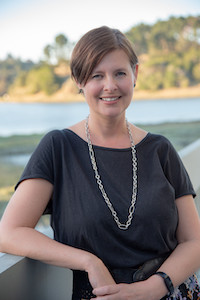
Lotus Abrams has covered everything from beauty to business to tech in her editorial career, but it might be writing about her native Bay Area that inspires her most. She lives with her husband and two daughters in the San Francisco Peninsula, where they enjoy spending time outdoors at the area’s many open spaces protected and preserved by her favorite local nonprofit, the Peninsula Open Space Trust.

